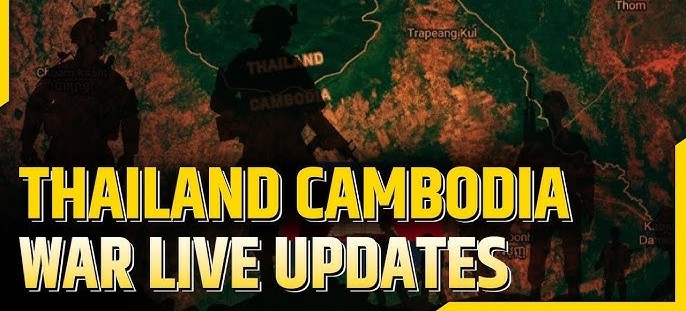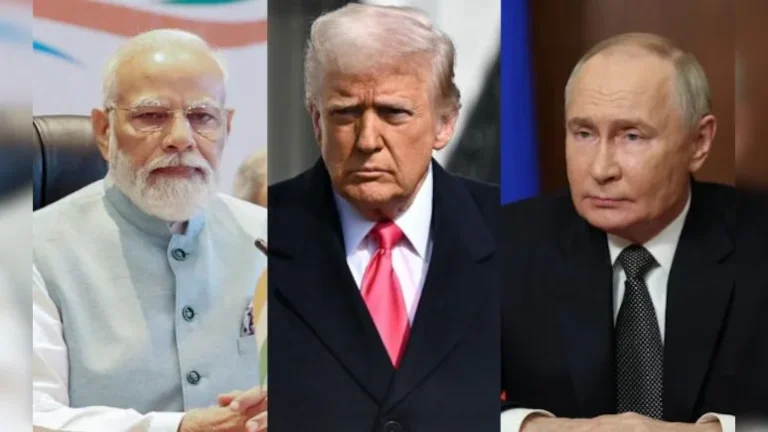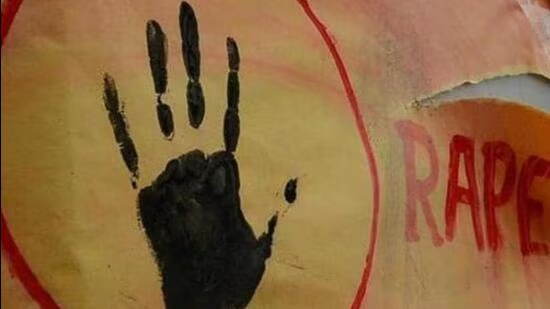Thailand and Cambodia Agree to Ceasefire Talks After Trump’s “Stop War” Warning
Summary
Thailand and Cambodia, after four days of intense border clashes that have claimed at least 34 lives and displaced over 168,000 people, have agreed in principle to negotiate a ceasefire following direct intervention by U.S. President Donald Trump. Trump warned on his Truth Social platform that he would withhold trade agreements with both nations unless fighting ceased, prompting Cambodian Prime Minister Hun Manet to announce an “immediate and unconditional ceasefire” and Thailand’s acting Prime Minister Phumtham Wechayachai to express cautious support for talks—though skirmishes persisted even after the announcement
Introduction
Have you ever seen two neighbours locked in a fierce argument and wondered what it would take for them to finally sit down and talk? That’s exactly what’s unfolding along the Thailand-Cambodia border. After shelling, rocket fire, and even a landmine blast left soldiers and civilians dead or wounded, the U.S. stepped in—yes, the U.S.—when President Donald Trump threatened to pause trade agreements with both Bangkok and Phnom Penh. Suddenly, the drums of war softened and both sides signalled their readiness to negotiate. But can a tweet-triggered ceasefire really bring lasting peace? Let’s unpack the how, why, and what-next of this surprising diplomatic twist.
Official Responses and Statements
Cambodia’s “Immediate and Unconditional” Promise
Within hours, Cambodian Prime Minister Hun Manet declared his country’s “immediate and unconditional ceasefire.” He entrusted Foreign Minister Prak Sokhonn to coordinate next steps with U.S. Secretary of State Marco Rubio and to engage Thailand’s foreign minister directly. It was a classic quick-draw response, underscoring Cambodia’s desire to avoid protracted conflict—and punishing tariffs
Thailand’s Cautious Welcome
Thailand’s Acting Prime Minister Phumtham Wechayachai expressed gratitude to Trump but stressed that true peace required “sincere intention” from Cambodia. The Thai Foreign Ministry publicly called for swift bilateral talks while hinting that Cambodian actions on the ground would need to reflect real commitment. In short: words are cheap, but actions speak volumes
Conclusion
From the thunder of artillery to the ping of a Truth Social post, the Thailand-Cambodia conflict illustrates modern diplomacy’s complex choreography. Threatening tariffs—a decidedly 21st-century tool—brought both nations to the negotiating table. Yet true peace will hinge on concrete steps: monitored withdrawals, mutual respect, and citizen-level trust. As the world watches, this unexpected ceasefire moment offers both hope and a cautionary tale: whether through tweets or treaties, nations must pair words with deeds if they wish to turn the page on conflict.
FAQs
1. What triggered the latest border clashes between Thailand and Cambodia?
A landmine explosion on July 24, 2025, which wounded five Thai soldiers, sparked retaliation and artillery exchanges on both sides
2. How many people have been displaced by the conflict?
More than 131,000 Thais and over 37,000 Cambodians have fled their homes due to shelling and ground assaults
3. Why did President Trump intervene in the dispute?
Trump warned on Truth Social that the U.S. would halt trade agreements—and impose up to 36% tariffs—on both countries unless they agreed to ceasefire talks, leveraging economic pressure for diplomatic ends
4. What role will ASEAN and the UN play going forward?
Both bodies have urged de-escalation and may offer mediation and monitoring support, including observer missions to verify any ceasefire terms
5. Can economic sanctions really ensure lasting peace?
While economic leverage can prompt negotiations, lasting peace often depends on trust-building measures—such as joint cultural projects and transparent communication—to address the root causes of conflict.






